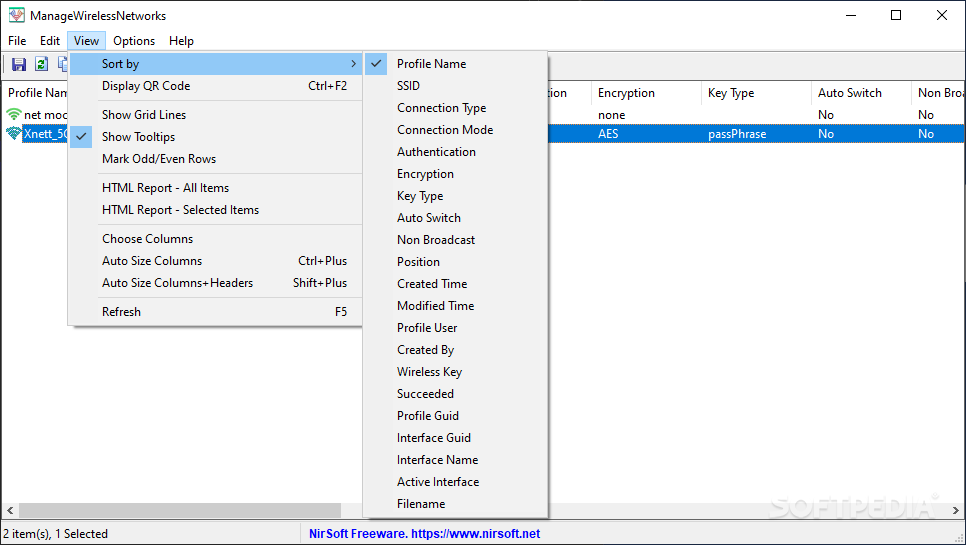

The authentication and DHCP phase, and have started passing traffic. Client SSO is supported only for clients that have completed Only one CAPWAP tunnel is maintained between the APs and the controller that is in an active state. The standby controller takes over the networkĪs the active controller. The discovery state and clients don’t disconnect when the active controller fails. The active controller shares a mirror copy of the AP and client database with the standby controller. The HA Stateful Switch Over (SSO) capability on the controller allows AP to establish a CAPWAP tunnel with the active controller.

High Availability (HA) allows you to reduce the downtime of wireless networks that occurs due to the failover of controllers. Is the same as the Wireless Management Interface and the IP address on this interface is configured in the same subnet as The Redundancy Management Interface (RMI) is used as a secondary link between the active and standby controllers. These features are available in all the releases subsequent to the one they were introduced in, unless noted otherwise. This table provides release and related information for the features explained in this module. Verifying High Availability Configurations.

Authentication and Authorization Between Multiple RADIUS Servers.Enabling Syslog Messages in Access Points and Controller for Syslog Server.Predownloading an Image to an Access Point.Cisco Connected Mobile Experiences Cloud.Unscheduled Automatic Power Save Delivery.802.11 Parameters for Cisco Access Points.Converting Autonomous Access Points to Lightweight Mode.Overview of Cisco 9800 Series Wireless Controllers.


 0 kommentar(er)
0 kommentar(er)
